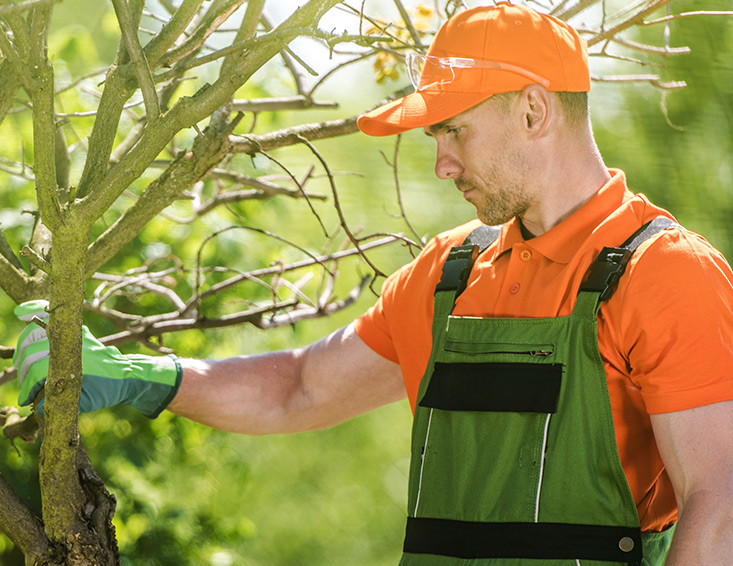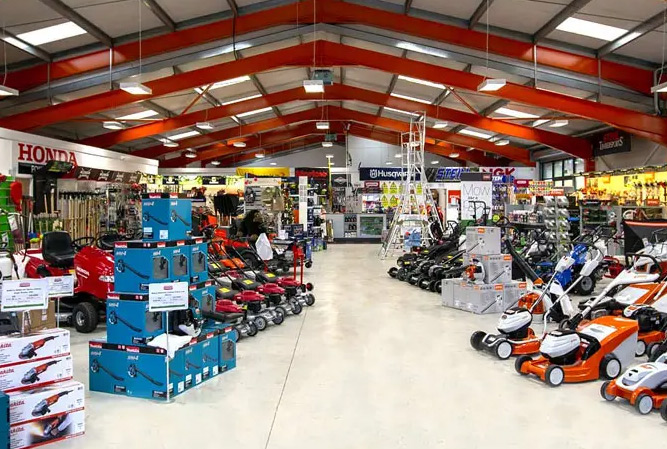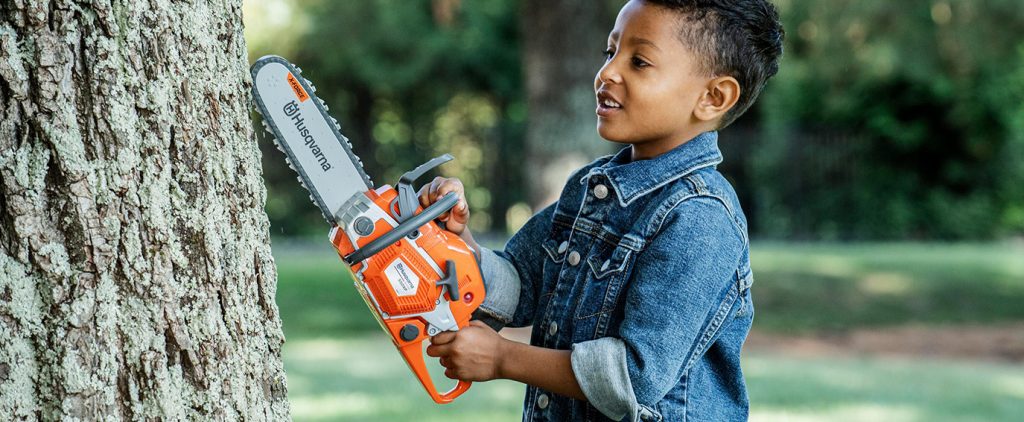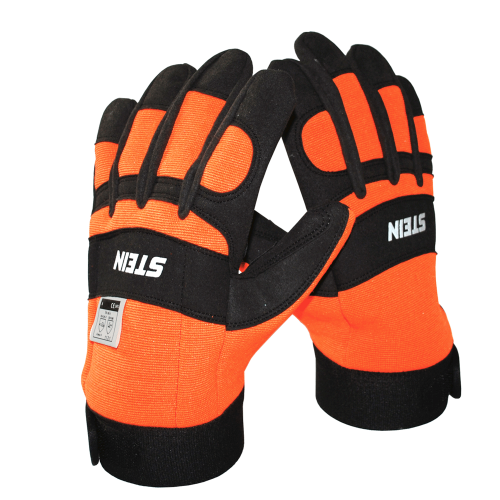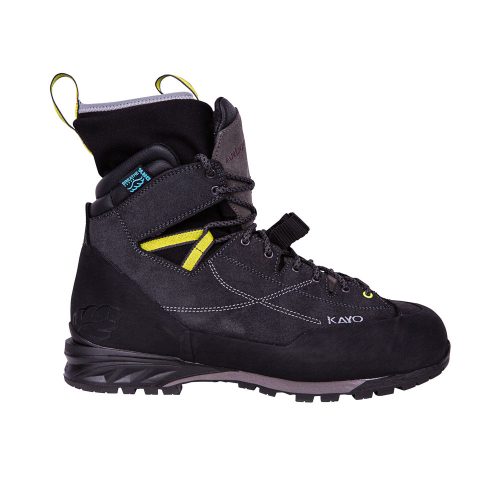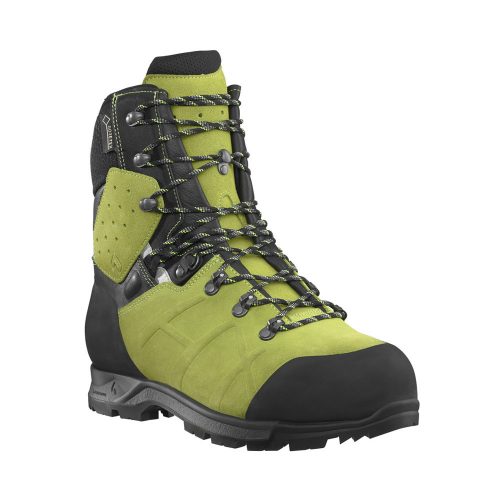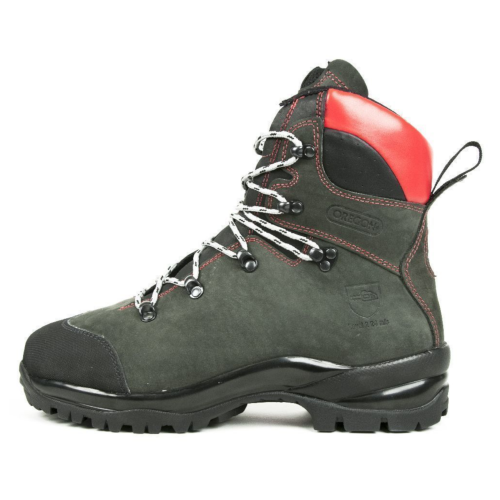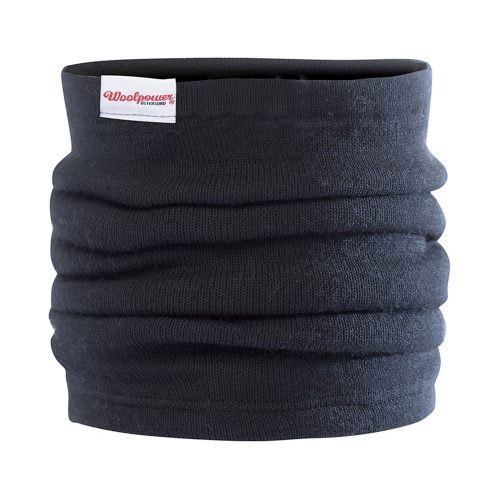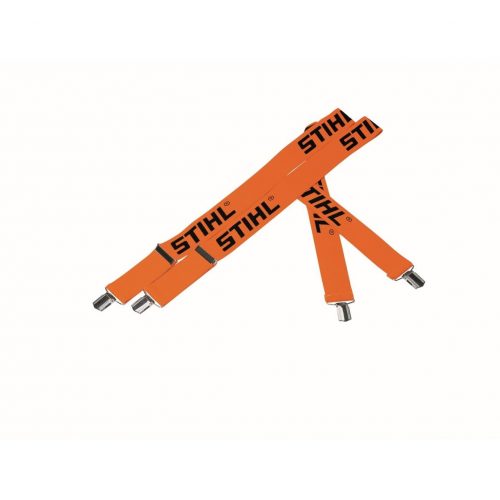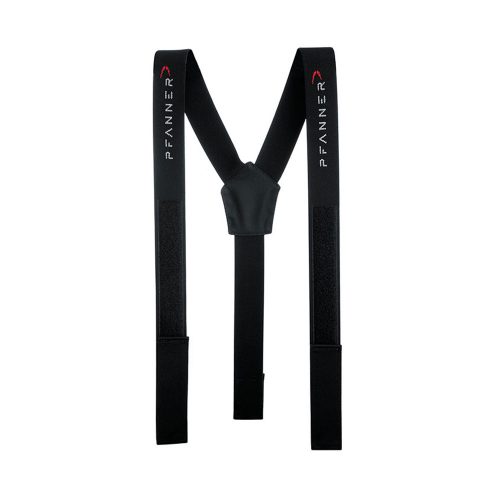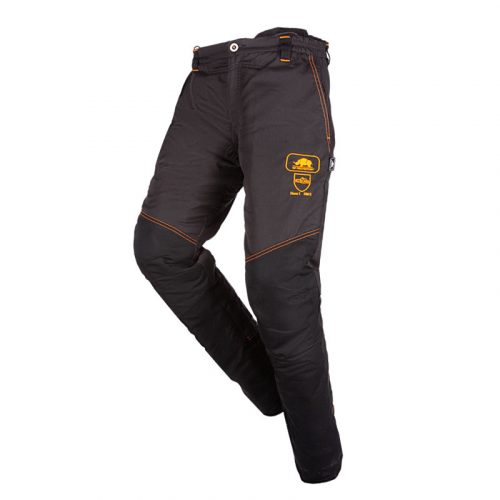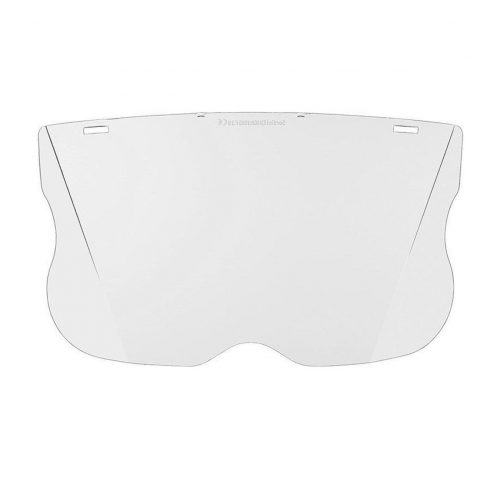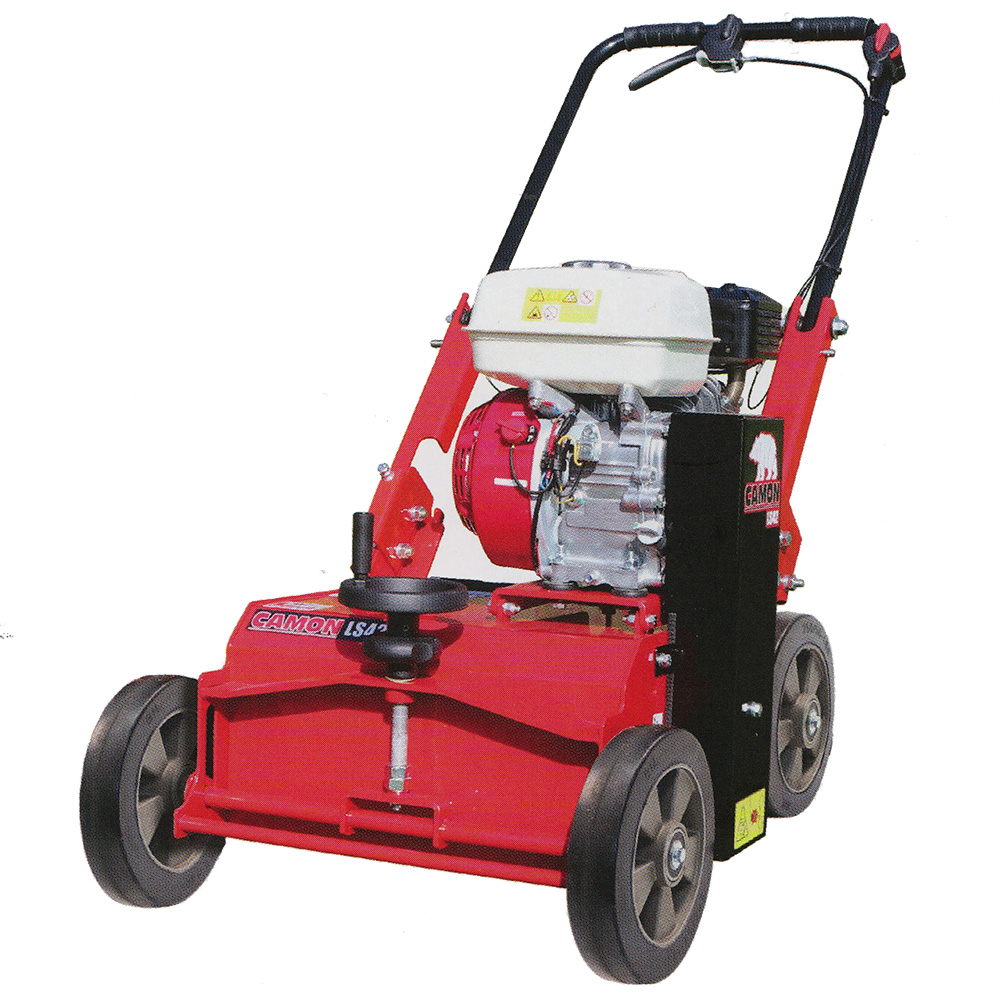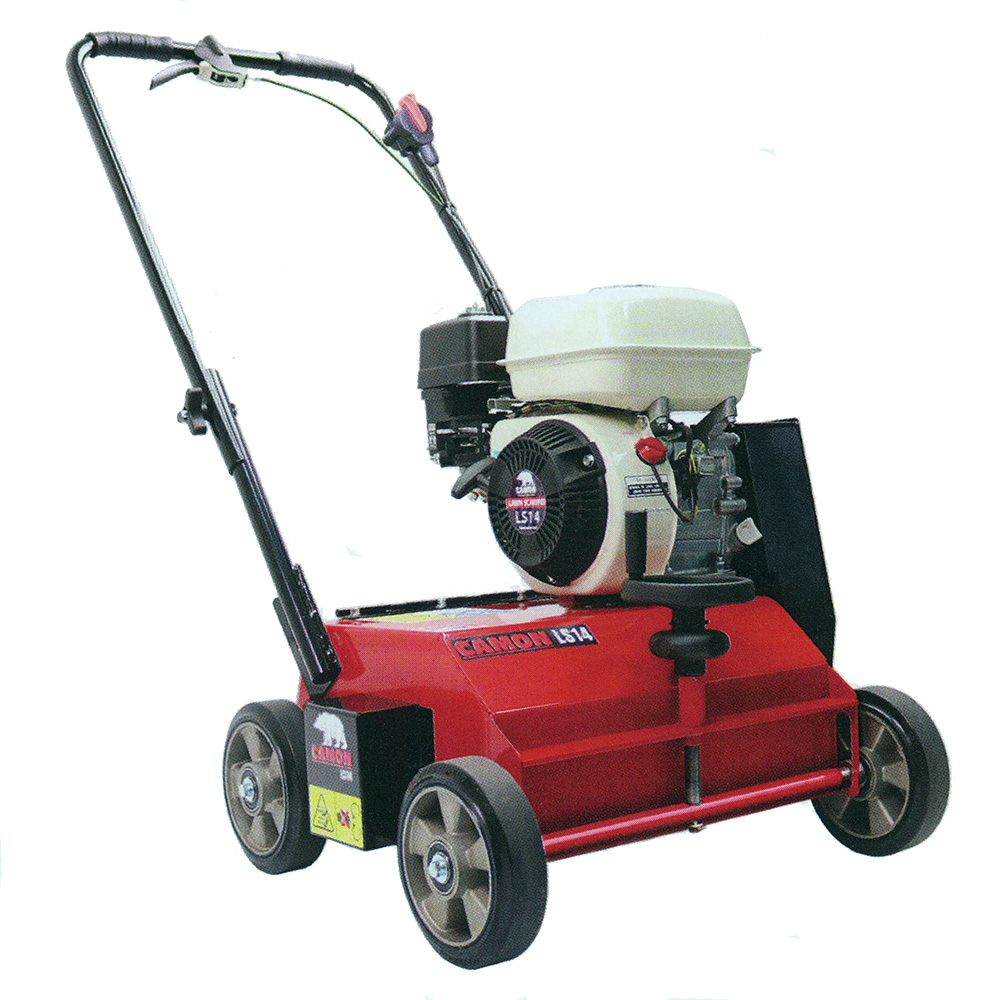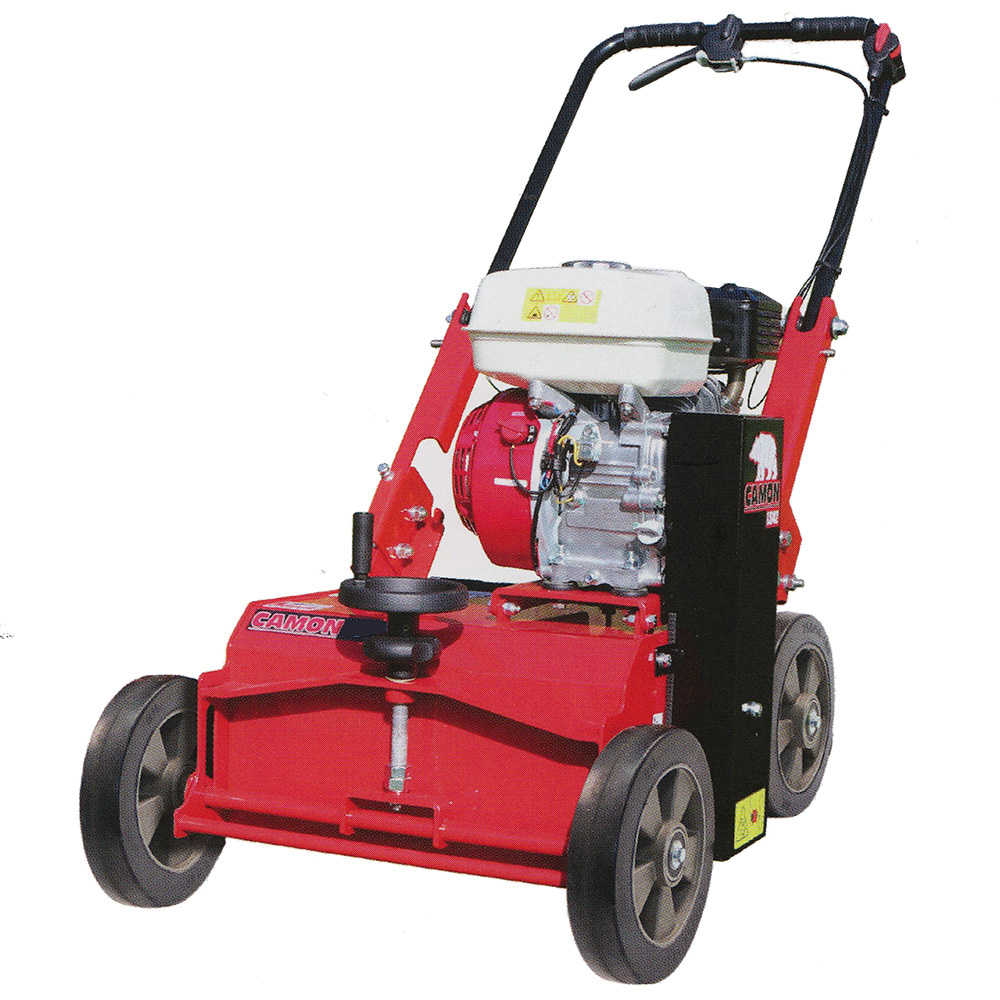Petrol Scarifiers
Radmore and Tucker have a petrol scarifier for sale to suit any need, be it a garden or a larger lawn. Scarifiers make light cuts in the turf of a lawn, removing dead grass (thatch) and moss in the process. Using a petrol scarifier over a hand scarifier (or manually raking the lawn) is more efficient, and recommended over attempting to manually rake a large area.
£1,482.00 – £1,656.00 (inc VAT)
Available - dispatches direct from manufacturer (2-4 working days)
£1,098.00 – £1,296.00 (inc VAT)
Available - dispatches direct from manufacturer (2-4 working days)
£1,614.00 – £1,818.00 (inc VAT)
Available - dispatches direct from manufacturer (2-4 working days)
Thatch slowly gathers as dead grass roots form a layer between the surface of the lawn and the soil below. Due to the lignin in the roots, they decay very slowly, and so there is a tendency for the dead roots to build up over time. This blocks rainwater and oxygen from replenishing the lawn's roots. Once the lawn has been scarified, the soil will more freely absorb oxygen and this will cause faster lawn growth. Scarifying is a regular practice, and should be done on an annual basis.
Petrol scarifiers lend themselves to more heavy-duty applications than their electric counterparts. Scarifying a large lawn will be a breeze with a petrol scarifier, as the extra power will help to cover more area without a decline in results. Choose a patrol scarifier for lawns where the thatch has gotten out of control. If there is a major thatch or moss problem in a lawn, a petrol scarifier is recommended for the strength it will provide when working on the lawn. Petrol scarifiers tend to be more durable and powerful than electric models in general. They can cover more area, remove more thatch and are built to last.
In the UK, the optimal times to scarify are mid-April to May, as well as autumn. Scarifying during these periods will lead to the largest growth results. Consider applying fertilizer to the lawn after it has been scarified, as this will aid the lawn in regrowth. It is not recommended to scarify new lawns, as many of the roots will not have fully taken hold – the lawn should be three or more years old before it is scarified.



